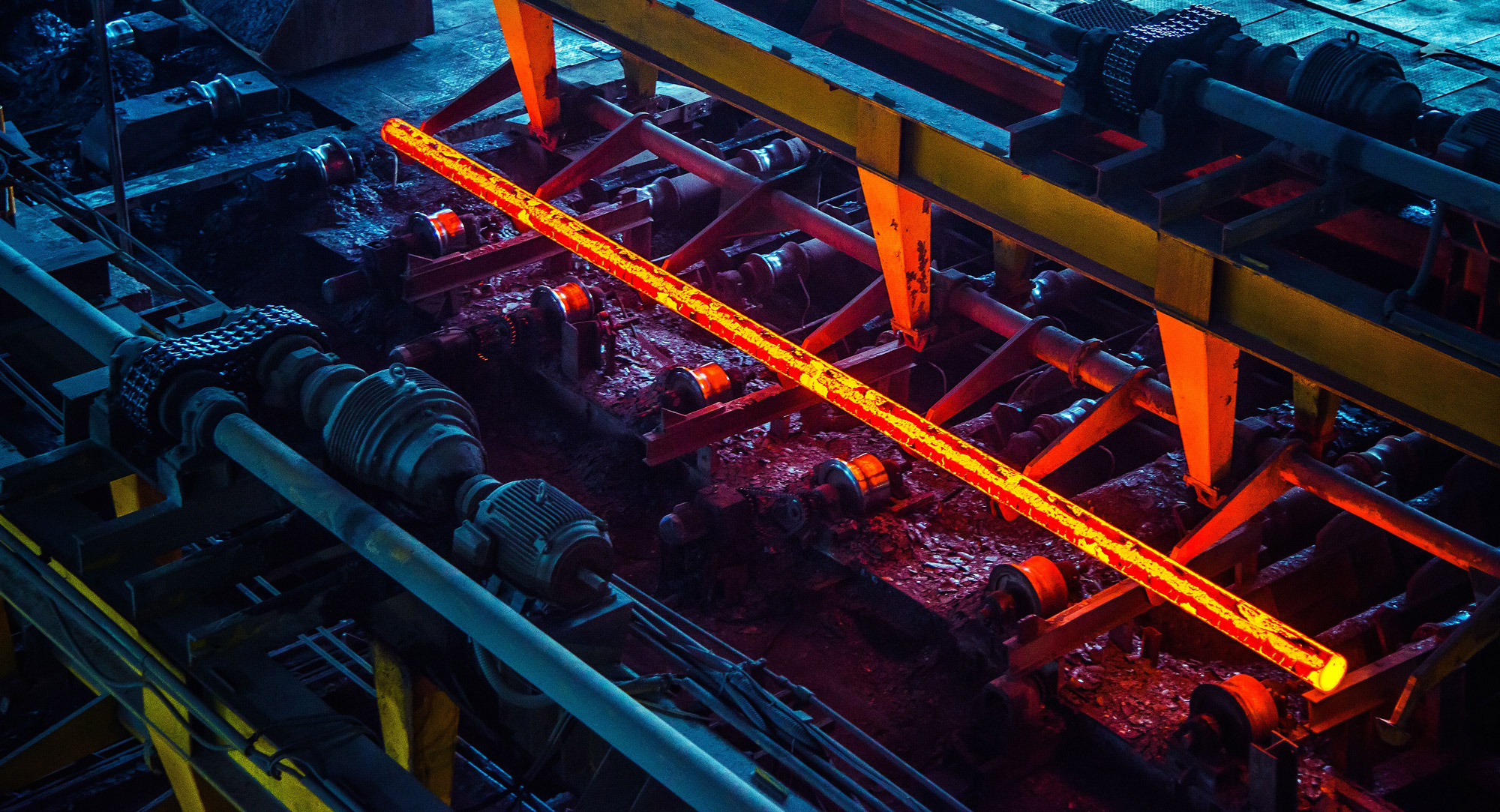Operating Conditions and Refractory Material Configuration of Various Parts of the Steelmaking Converter
2024.12.9
When dismantling the used converter lining, it was observed that the damage is primarily caused by severe erosion at specific locations, rendering them unusable, while many other parts, though still serviceable, had to be discarded to accommodate the new lining. This led to the proposal of the concepts of comprehensive furnace lining and balanced lining erosion. These involve selecting different quality refractory bricks based on the erosion conditions of different parts of the lining.

Mouth of the Converter:
The temperature at the converter mouth fluctuates sharply, and it is subjected to severe erosion by slag and high-temperature exhaust gases. Thus, refractory bricks used in this area must exhibit high thermal shock resistance and slag resistance.
Converter Cap:
This area is primarily affected by gas flow within the furnace, splashing of slag during blowing, and rapid temperature changes, as well as dust-laden exhaust gases. Therefore, magnesia-carbon bricks with strong slag resistance and excellent thermal shock resistance are used.
Converter Wall:The bricks lining the converter wall, especially on the charge side, endure steel and slag erosion, requiring high strength at elevated temperatures.
Slag Line and Trunnion Area:
These are the most demanding parts of the converter lining, as they are subjected to erosion and corrosion by molten steel, slag, and gas flows. Bricks with the best corrosion resistance must be used in these areas.
Tap Hole Bricks:
Tap hole bricks are another critical component of the converter lining. In large converters, due to the high volume of molten steel flow and harsh operating conditions, the lifespan of tap hole bricks is significantly shorter than the overall lining. Frequent replacement is necessary. Tap hole bricks can be categorized as monolithic or sectional. Currently, monolithic magnesia-carbon tap hole bricks are considered highly effective, offering longer service life and easier replacement.
During the steelmaking process, different parts of the converter lining face varying working conditions, resulting in uneven erosion of the working layer. To address this, our company adopts a comprehensive lining strategy to achieve balanced erosion of the overall lining.
The comprehensive lining approach involves selecting 3–6 grades of bricks based on the specific conditions of different manufacturers. These bricks are then used in various parts of the converter, such as the slag line, trunnion, furnace wall, and hearth, to achieve optimal economic benefits.
Based on the above requirements, the refractory material configuration plan for a 180-ton converter at a steel plant is illustrated in Figures 1 and 2.

From Figure 1, the following can be observed:
- Converter Mouth and Cap:
- The permanent lining is built with non-standard bricks.
- The working lining consists of 500–650 mm thick magnesia-carbon bricks.
- The gap between the converter mouth and the shell is filled with castable material.
- Converter Body:
- The permanent lining is built with a single layer of 115 mm thick sintered magnesia bricks.
- The working lining consists of 650 mm thick magnesia-carbon bricks.
- Hearth:
- The permanent lining is built with a single layer of 115 mm thick sintered magnesia bricks.
- The working lining consists of 700–750 mm thick magnesia-carbon bricks.
- Converter Bottom:
- The permanent lining is built with two layers of 75 mm thick sintered magnesia bricks.
- The working lining consists of 750 mm thick magnesia-carbon bricks.

